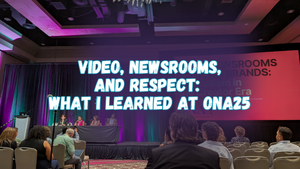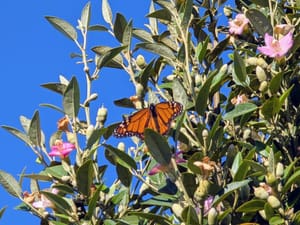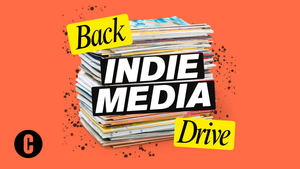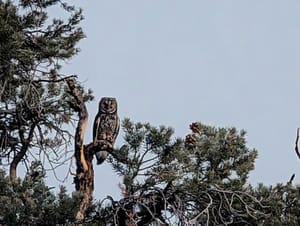I've never been in a room with so many other creator journalists! I was honored by the opportunity to attend ONA25, a conference run by the Online News Association, as part of the Project C ONA25 Creator Cohort.
What is a creator journalist, anyway? This refers to someone who is sharing news, researched or reported info, through content creation, such as blog posts, newsletters, documentaries, video, or social media posts.
My work here at Amplify Respect counts as creator journalism! But I definitely faced imposter syndrome before arriving at the conference. I was stressing the evening before, thinking about how I'm not really a journalist and how everyone would find out. Thankfully, that's not what happened.
My first time in New Orleans was incredible. I'll share more about what I learned from the city later, but to summarize, I saw amazing live jazz, the Mississippi River, a queer drag cabaret show, and lots of cute ducks:
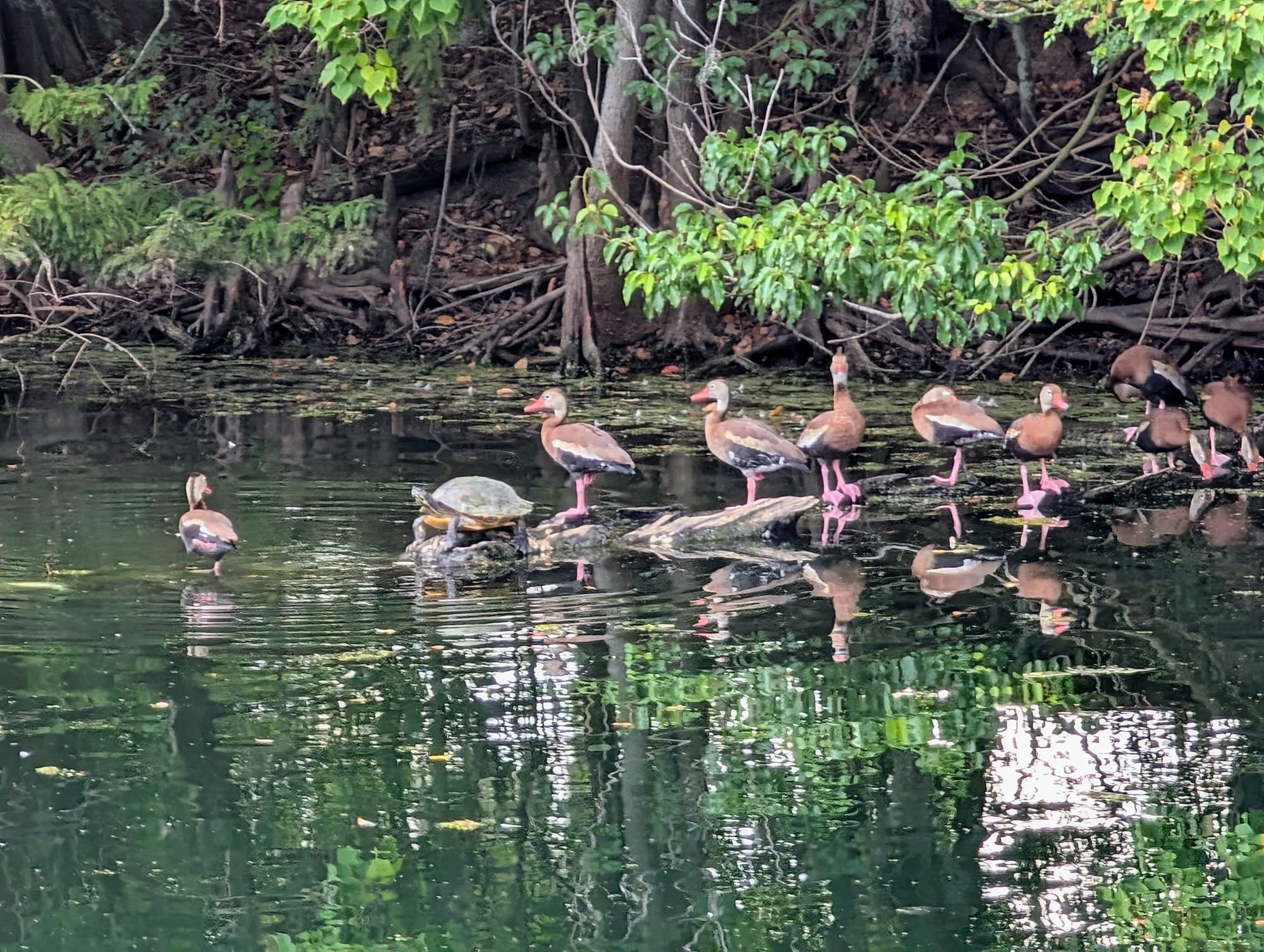
- Vertical video (like video for social media)
- Traditional newsrooms are interested in creator journalism now
- Acknowledging and respecting culture and meeting people where they are
- Learning to describe my work
Amplify Respect is a newsletter to uplift and inform trans folks and allies.
If you find it helpful to learn how to talk about a trans family member, how to promote your work as an LGBTQ+ creator, or how to write about trans people respectfully, you should subscribe.
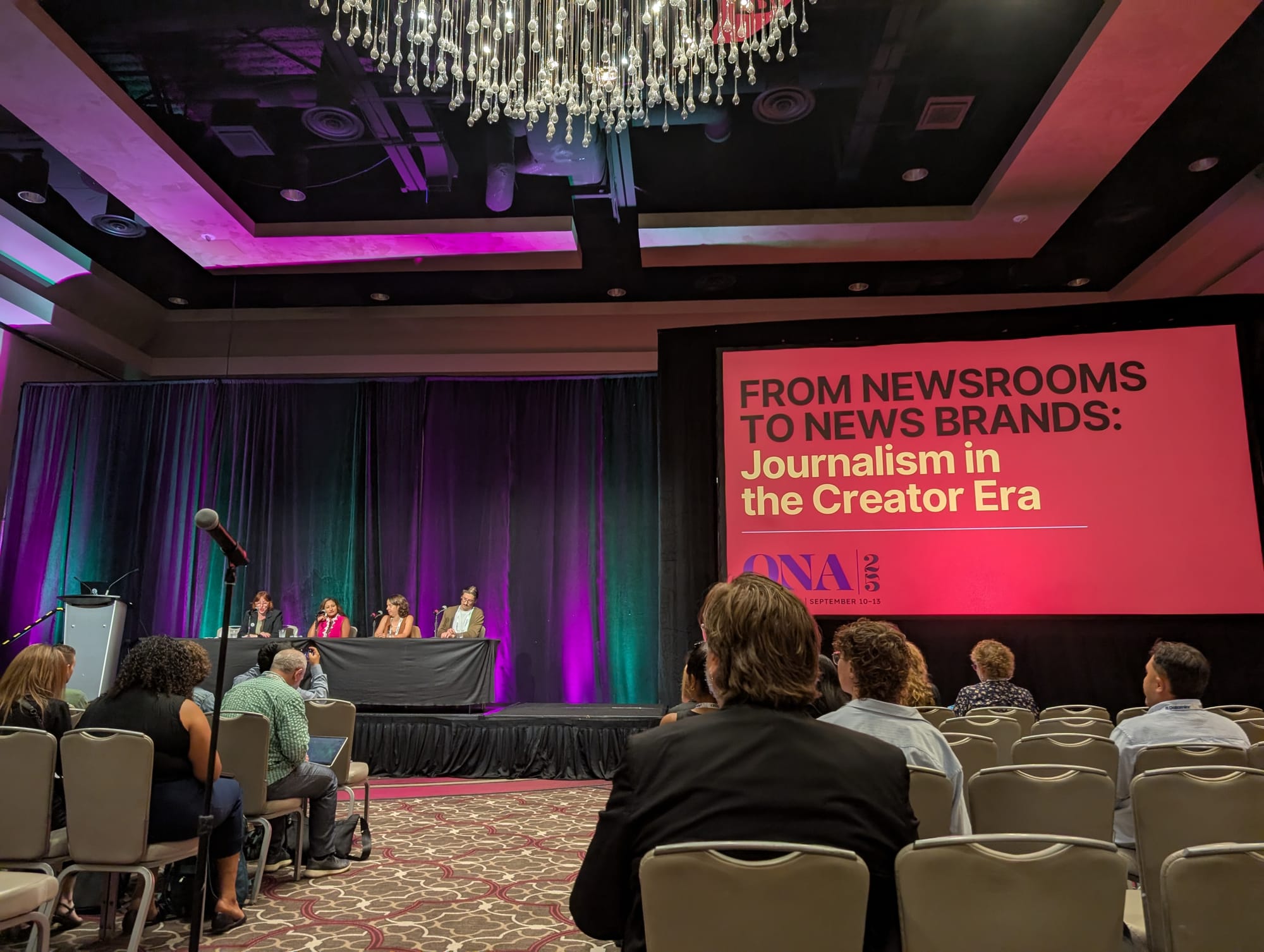
Vertical video
Vertical video (the up-and-down format video that you see on social media sites) is super popular right now. This is the biggest and most surprising takeaway from ONA25 for me - that pretty much everyone is either making videos or thinks it would be a good idea to get into.
Especially for younger folks, video is a way to build trust and share information on a channel where people are already watching.
Adriana Lacy, journalist and founder of Adriana Lacy Consulting, recommended that newsrooms should be publishing videos every week, video and journalism should support each other, and video podcasts are hot. Vertical videos can be cut as clips out of a longer YouTube video. In a newsroom you can film the journalists as they are excited to go out and report a story - people love behind the scenes.
Your metric for success in publishing video should not be increased readers on your website. Video is a medium all on its own, and by converting some of your content to a video format you'll reach a wider and different audience. Increasing your reach, letting people know you exist, and telling stories on video platforms are good goals for this work.
Although many AI tools offer to help make the video creation process easier, audiences are primarily looking for real people, not AI generated videos. Videos filmed casually on a phone with a messy background without reading a script often do better than a formal newsroom style clip.
In my abundant free time (hahahaha) I'm looking to get back into video, perhaps combining nature with some of the deep dives from the newsletter. Stay tuned!
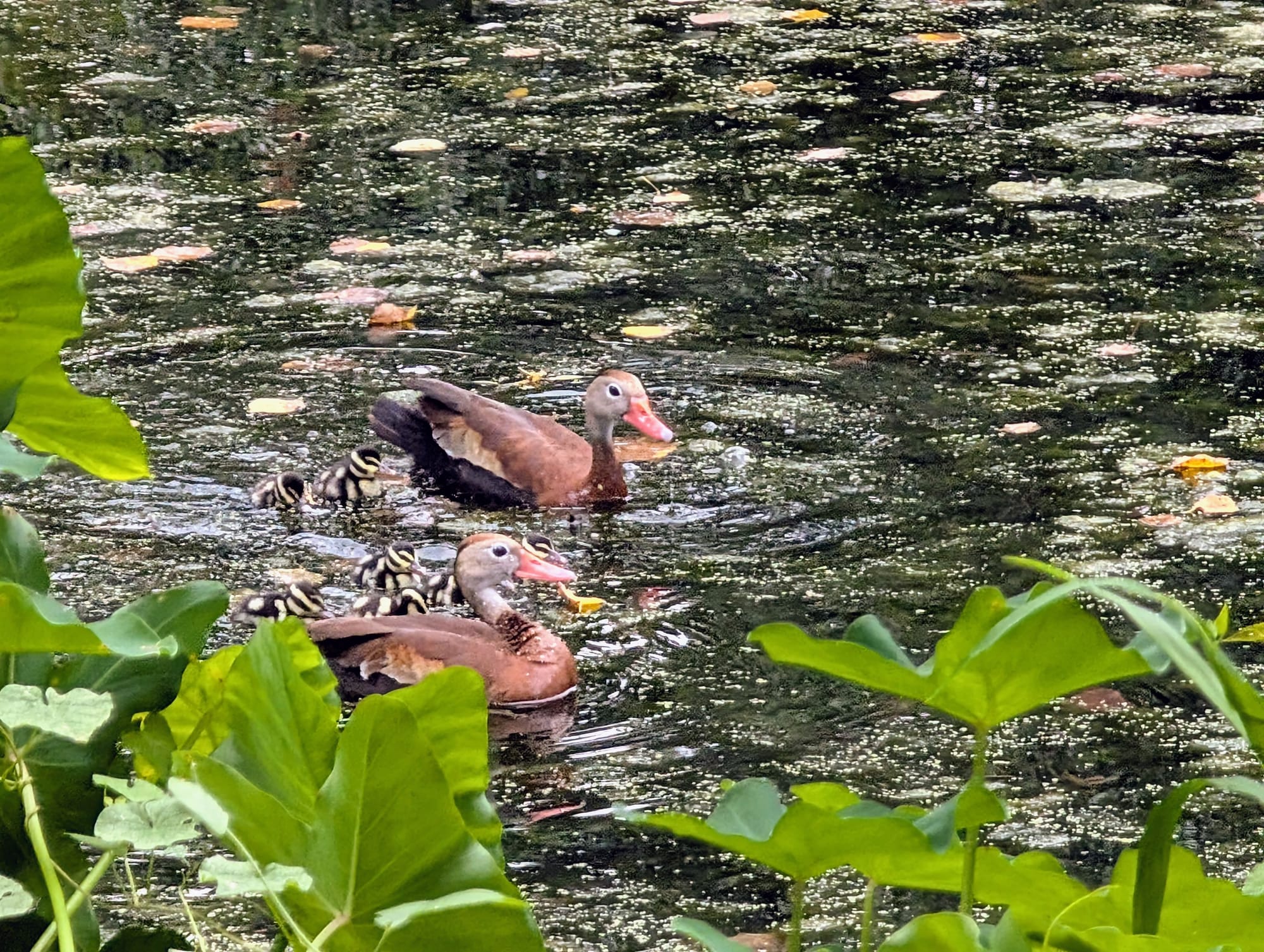
Newsrooms are interested in creator journalists
Newsrooms are very interested in creator journalism right now. Traditional journalists are increasingly expected to do work that's like creator-model journalism, especially vertical video to accompany their written stories.
Like any shift in the way work happens, people are skeptical and some complain about a process with less editing and fact checking, for example.
But some traditional newsrooms are partnering with creator journalists. Amber Sherman, journalist, policy organizer, and video creator, pitched a position and became MLK50's 2025 Creator in Residence. Amber films education pieces for MLK50 to create accessible, trustworthy, and fascinating videos on policy and government accountability. Her videos are held to the same editorial standards as the rest of MLK50's published work.
I'm going to write more about this in future, but many of the creator journalists at ONA25 come from a strong journalism background and employ fact-checking in their publications. While there's a lot of fake news and bullcrap on the internet, this is not the fault of creator journalists for the most part!
Respecting people and culture
Acknowledging and respecting people's culture as an important part of good journalism started with the keynote address.
A member of the United Houma Nation gave a land acknowledgement, and went beyond merely listing the four federally recognized tribes (the Chitimacha Tribe of Louisiana, the Coushatta Tribe of Louisiana, the Jena Band of Choctaw Indians, and the Tunica-Biloxi Indian Tribe of Louisiana) and other Native people who live in Louisiana today.
As journalists, we were encouraged to learn more about their history, at local museums and the library. I felt this emphasized the living history of the place we were visiting.
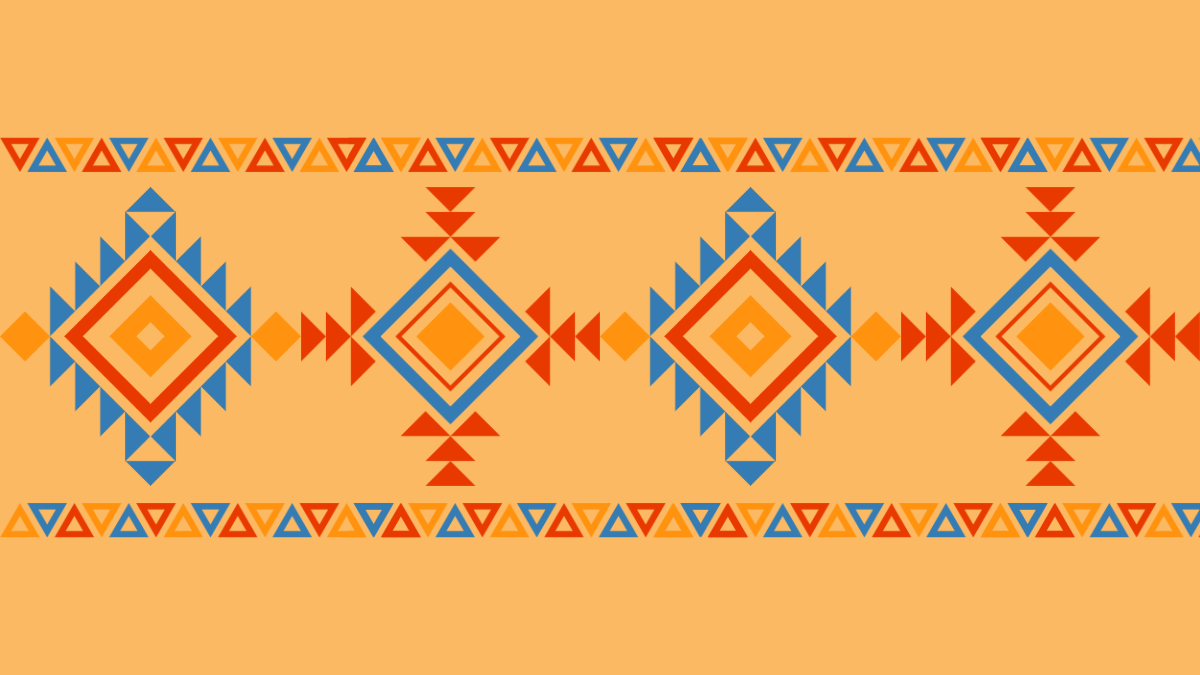
In the keynote presentation, Maritza L. Félix of Conecta Arizona emphasized framing immigrants not as victims but as agents for change. People want to know what they can do in response to the news, not merely what is happening to them.
Conecta Arizona hosts a WhatsApp group bringing in journalists, experts, and members of the community to discuss news and resources in Spanish. Providing these resources in a medium that their audience already uses (WhatsApp on their phones) is essential for reaching folks who don't often read newsletters, for example. The discussion is two-way, forming a collaboration between the journalists and community members.
Laura Weffer of Esta es la Cosa works in Spanish as a creator journalist addressing the needs of the Hispanic community in Georgia and neighboring states, sharing information about immigration, education, healthcare, and workers' rights on YouTube: https://www.youtube.com/@estaeslacosaYT
Many of the folks I met at the conference are experienced journalists, working to support marginalized populations. Creator journalists are still being targeted for their work. Mario Guevara, creator journalist in Atlanta, was recently detained by ICE for covering a No Kings rally.
Learning how to describe my work
At a really helpful audience growth plan workshop sponsored by Canva, Katie Mercer from Blue Engine Collaborative gave me specific personal feedback on my mission statement for Amplify Respect, suggesting I use the words "uplifted and informed." "Uplifted" is the reader's emotional transformation.
I love this phrase because it makes it clear I'm sharing educational and uplifting information, as opposed to breaking news about trans people, which can often be depressing.
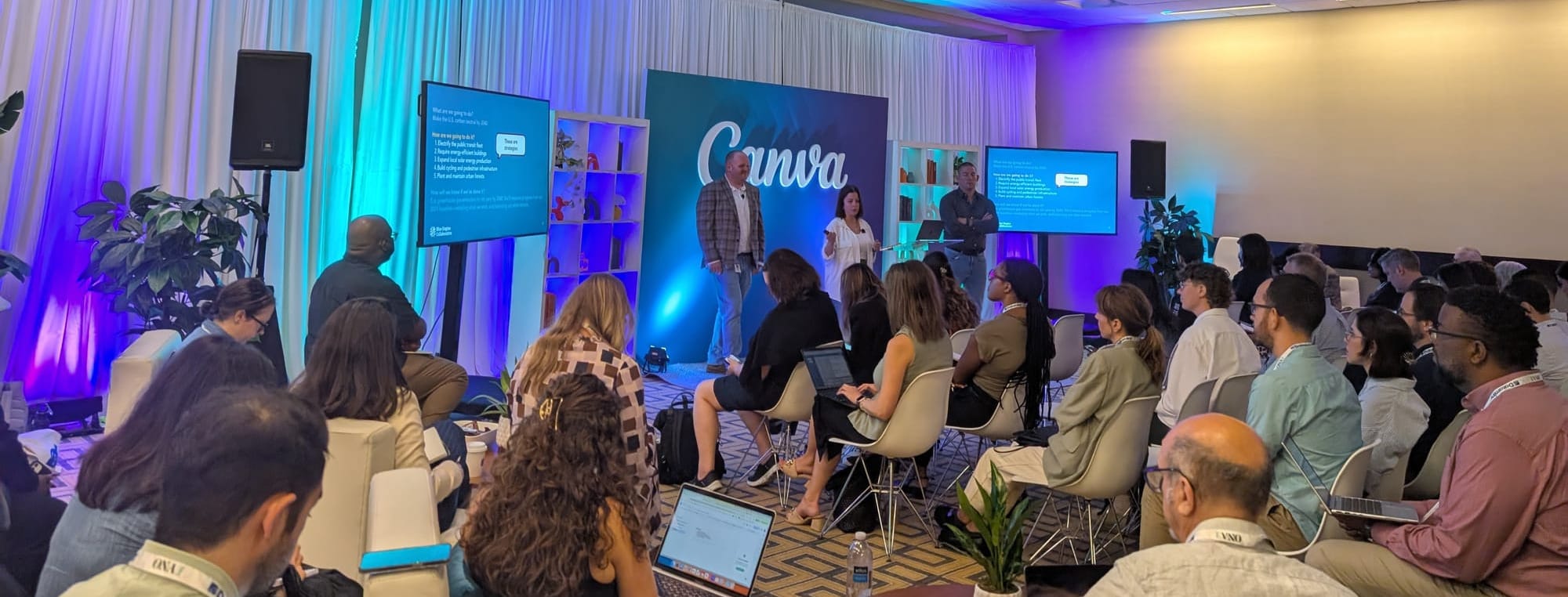
Did trans journalists attend the conference?
Well, hello! I was there, haha. I met a couple other trans people, but most conversations I had about being trans or reporting on trans issues were with allies who were encouraging my work. I appreciate that! I felt welcome and safe in a community of people who were mostly allies, not LGBTQ+ themselves.
This was my first time being "out" at a conference, as describing my work at Amplify Respect outs me, and, I was happy that all kinds of people seemed to receive that positively.
I'm incredibly grateful for the opportunity to travel to New Orleans and learn from amazing instructors and industry experts at ONA25. Thank you so much to Project C and The Lenfest Institute for Journalism for selecting me for the cohort and sponsoring my travel and attendance.
I have lots to work on, people to collaborate with, and inspiration and encouragement to keep going!
Who do you like getting your news from? Please share in the comments below!
Amplify Respect is a newsletter to uplift and inform trans folks and allies.
If you find it helpful to learn how to talk about a trans family member, how to promote your work as an LGBTQ+ creator, or how to write about trans people respectfully, you should subscribe.

